The Big Picture
- Batman’s no kill rule is an iconic part of his history but was not established immediately.
- Various creators have expanded on Batman’s no kill rule in different ways, adding depth to the character.
- Zack Snyder’s DC movies fail to effectively justify Batman’s killing sprees, leaving a key exploration unfulfilled.
Zack Snyder recently appeared on the Joe Rogan Experience podcast where he discussed, among other things, his ever-controversial trilogy of DC Comics films. Focusing specifically on the way he portrayed Bruce Wayne/Batman, played in Batman v Superman: Dawn of Justice and Zack Snyder’s Justice League by Ben Affleck, Snyder explained his impulse to deconstruct iconic elements of DC’s characters, which in Batman’s case, included his traditional rule against killing the criminals he fights. Affleck’s version of the character is notable for not following this rule, using lethal force against a variety of foes, especially in Batman v Superman, one of many reasons the 2016 film remains highly controversial among comic book fans to this day.
Snyder stated, “Batman can’t kill is canon. And I’m like, ‘Okay, the first thing I wanna do when you say that is I wanna see what happens,’” elaborating on his belief that, “You’re making your god irrelevant if he can’t be in that situation.” These comments have predictably incited a renewed wave of debate over the filmmaker’s approach to the character and may even give some of the viewers with more favorable interpretations of his work pause. Because, while not ever-present, the no kill rule is an iconic part of the Batman mythology that is crucial to shaping mainstream interpretations of the character.
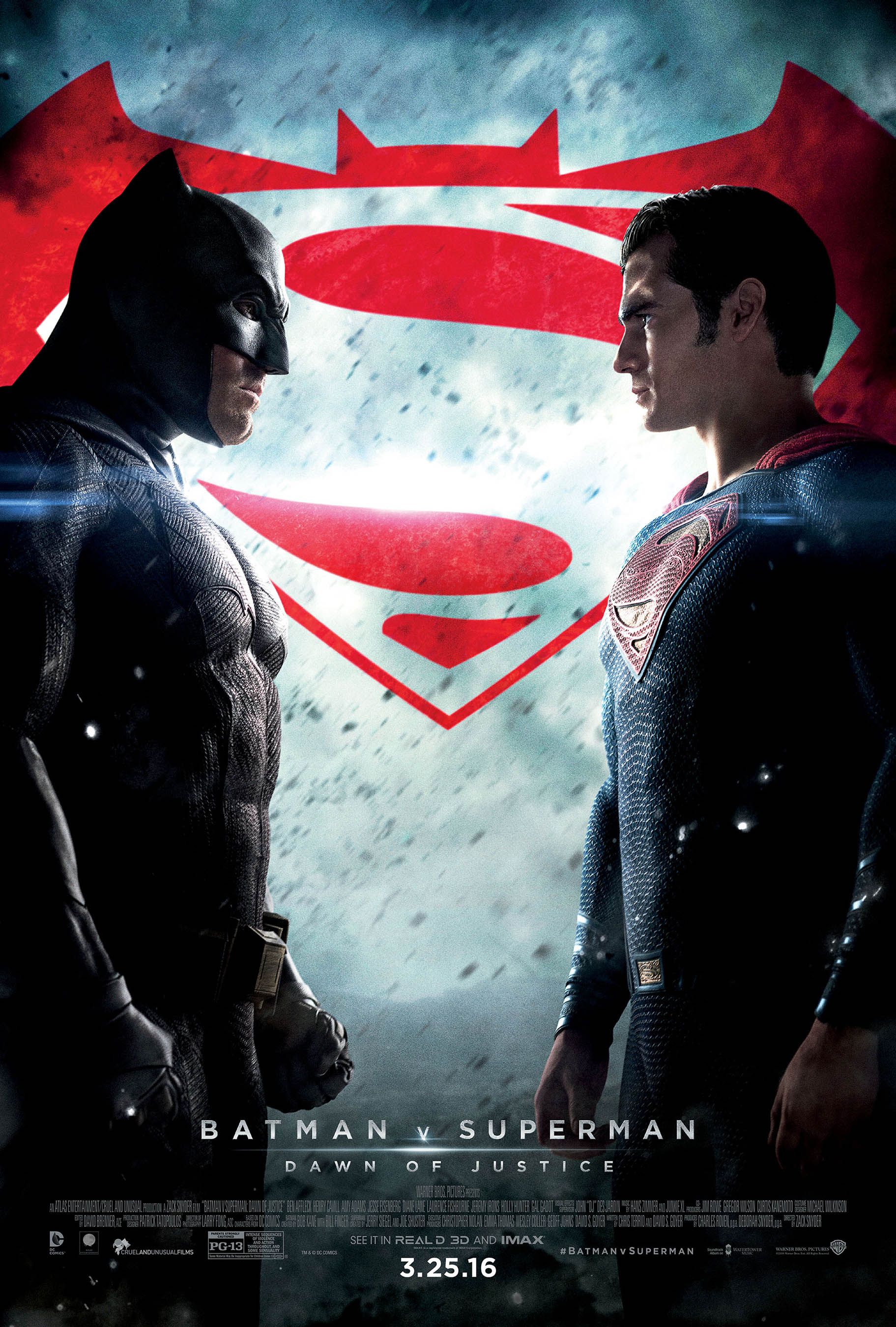
Batman v Superman: Dawn of Justice
Batman is manipulated by Lex Luthor to fear Superman. Superman´s existence is meanwhile dividing the world and he is framed for murder during an international crisis. The heroes clash and force the neutral Wonder Woman to reemerge.
Batman Has Refused To Kill for Much of His History
Like many famous aspects of Batman lore, the no kill rule was not established immediately upon the character’s introduction in Detective Comics #27 85 years ago. In early appearances, when he was portrayed as more of a frightening antihero, Batman did use lethal force, without much attention being paid to the issue. But this changed fairly quickly, with 1940’s Batman #4. In the issue, Batman and Dick Grayson/Robin battle pirates, with the Dark Knight reminding his young partner to only strike their opponents with the flat of his sword, because, “We never kill with weapons of any kind!” retconning him into the non-lethal crime fighter modern audiences are familiar with.
This change was reportedly an editorial demand forced on the Batman storytellers, but while one of the character’s co-creators, Bob Kane, had mixed feelings about it, the other, Bill Finger, was in favor of the choice, having never been comfortable with depicting the character as a killer. Batman was also shown using firearms much less often going forward. Later stories would expand on the motivations for the character’s code, with the most common one being the idea that Bruce was so traumatized by the shooting deaths of his own parents that he could never bring himself to put someone else through that kind of pain by using a gun and/or killing a criminal.
Why Is Batman’s No Kill Rule So Important?
The no kill rule has since become a foundational element of mainstream versions of Batman and serves important roles in motivating drama for many of the character’s strongest stories. Various supporting characters, notably including the second Robin, Jason Todd, who later becomes the antihero known as the Red Hood, have questioned the morality of the rule, arguing that it would be better for society if Bruce did kill at least some of his most dangerous enemies, especially the Joker. Different creators have Bruce explain why he refuses to do so in different ways, but the most common justification is his belief that, if he takes a life, he would be no better than the criminals who do so.
Moviegoers may remember this idea from when Robert Pattinson’s version of the character describes it in the 2022 film The Batman. This idea has been criticized as unconvincing at times, however, with detractors arguing that even if Bruce were to break his rule and kill the Joker or another dangerous criminal, he would still maintain a moral high ground over them, as he would do so to protect society, where as their motivations for killing or committing other crimes are self-serving.
Even the Darkest Versions of Batman Have a Reason for Not Killing
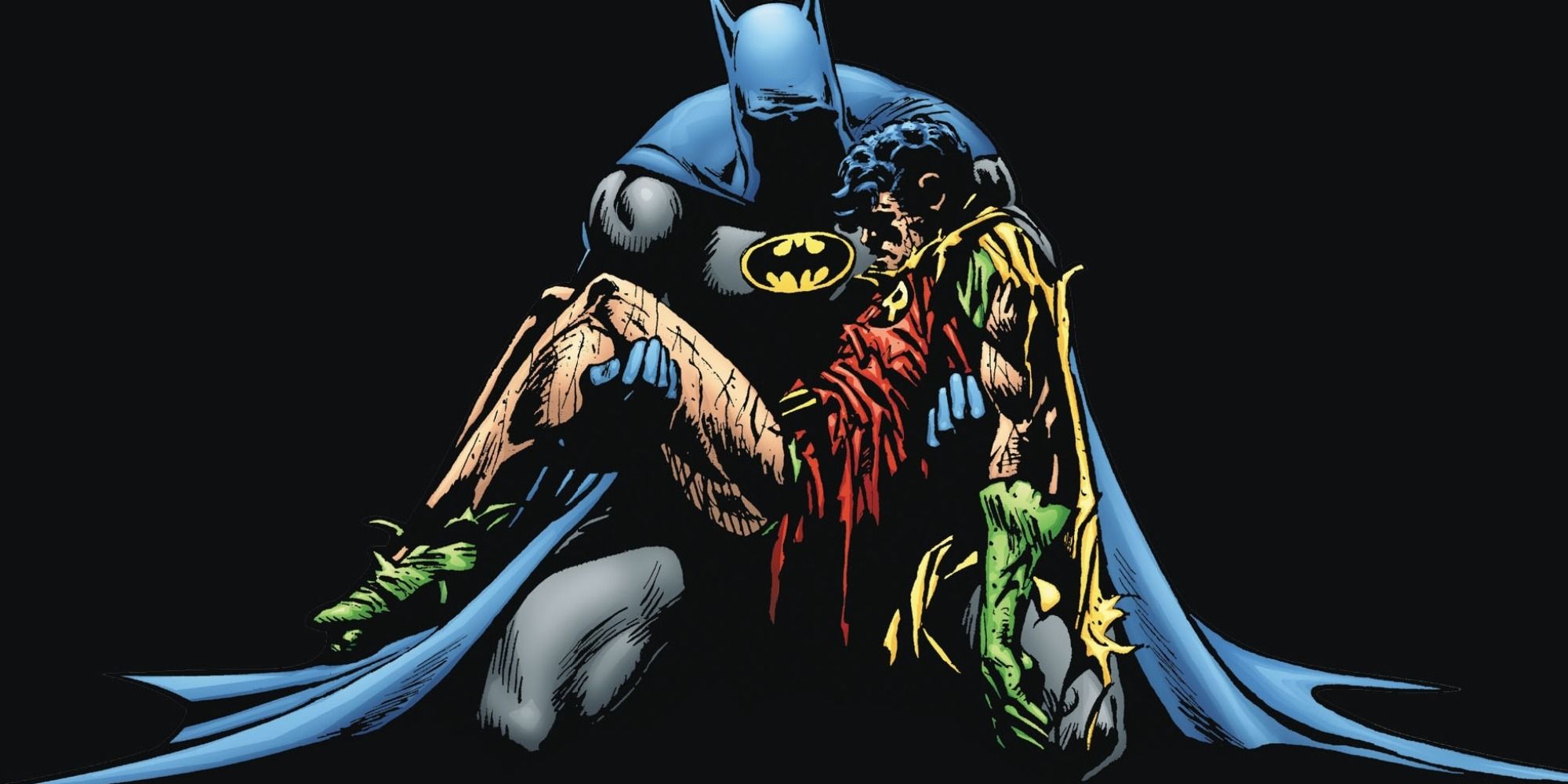 Image via DC Comics
Image via DC Comics
Other stories have explained the rule in more unique ways, with the “Under the Hood” arc that reintroduced Jason popularizing a particularly dark interpretation. In the climax of that storyline, Jason kidnaps the Joker and tries to force Bruce to kill him, mocking the rule when his mentor refuses to do so. Jason can’t understand why Bruce won’t make an exception, incredulously asking “What? Your moral code just won’t allow for that? ‘It’s too hard to cross that line’?” to which Bruce angrily replies, “No. God almighty… no. It’d be too damned easy.”
He elaborates that he often fantasizes about killing Joker so that he can no longer menace the world but knows that, “If I do that, if I allow myself to go down into that place… I’ll never come back,” suggesting that his adherence to his rule is a constant struggle against his most violent impulses and that he believes breaking it once would result in him abandoning it completely. Twisted explanations like this work for darker, more mature storylines like “Under the Hood”, but it’s understandable why the creators of lighter Batman fare choose to use less disturbing ideas.
Batman Not Killing Villains Is Also a Part of His Widespread Appeal
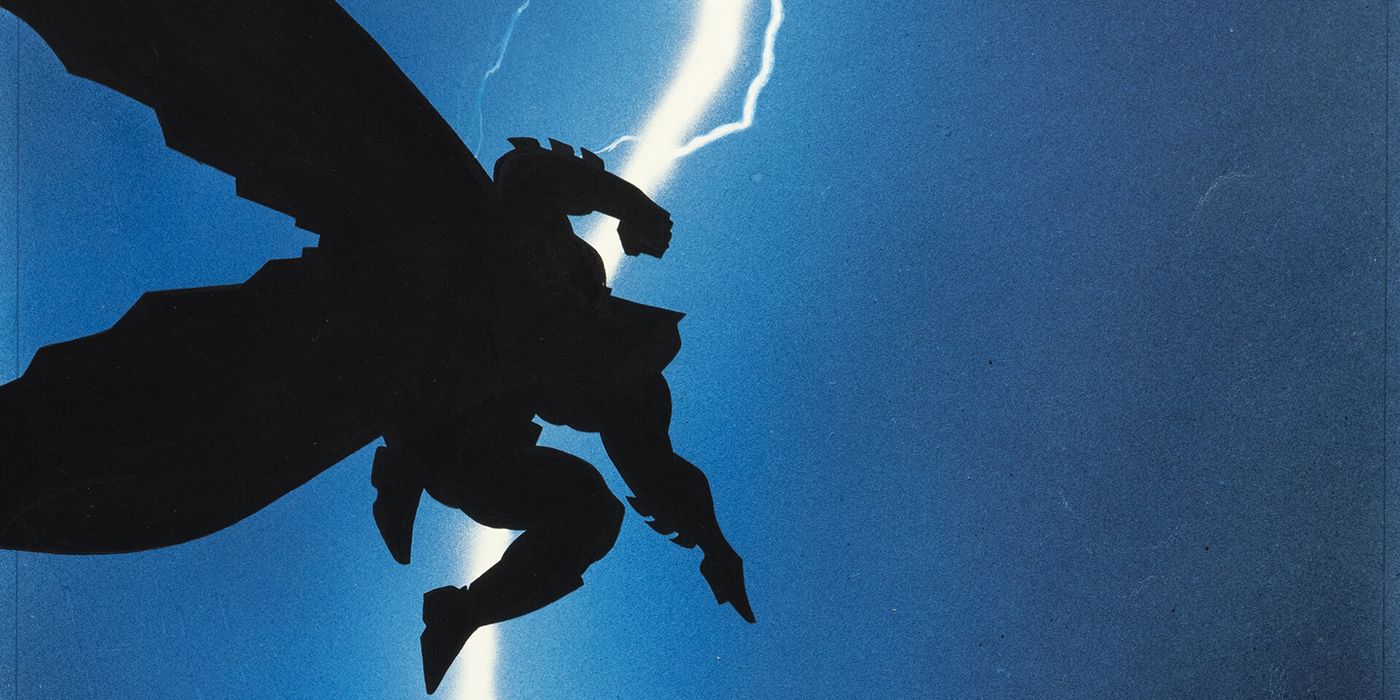 Image via DC Comics
Image via DC Comics
Which brings up an important meta point, that being the role the no kill rule plays in sustaining Batman’s widespread appeal. There have been plenty of lighthearted, even frivolous depictions of Batman in his long history, with the most famous, of course, being the 1960s live action television show starring Adam West. But generally speaking, the darker tone and somewhat ruthless tactics Bruce is known for contribute greatly to his popularity and are often cited as reasons why many readers and viewers prefer him over more plainly optimistic characters like Superman.
In Frank Miller’s seminal miniseries, The Dark Knight Returns, for example, Superman remembers Bruce’s reply to his assertion that superheroes need to abide by the law or risk being labeled criminals in which Bruce laughed and said, “We are criminals, we always have been.” Part of what makes the character so interesting is that audiences have to decide for themselves to what extent they find his own illegal actions to be justified by his goal of protecting the world from worse forms of crime. But ultimately, the character is so beloved that most people want to see him as a genuine hero, even if his methods are somewhat morally ambiguous.
It would be a lot harder for the character to maintain this reassuring, classically heroic aspect of his appeal if he was still unilaterally deciding to kill criminals. Characters like Jason and Marvel’s Punisher fill the need for stories about even more ruthless antiheroes just fine without a greater icon like Bruce doing so.
Batman Killing Can Be Interesting If Written Well
 Image via Warner Bros.
Image via Warner Bros.
None of this is meant to argue that one can’t tell an interesting Batman story in which the character does kill. In The Dark Knight Returns, Bruce chooses to shoot and kill a gang member who was seconds away from murdering a toddler and the entire point of The Killing Joke graphic novel is the Joker going on such a horrific rampage that once the reader arrives at the ambiguous ending they consider that Bruce may have finally given in to his temptations and executed the madman. Generally, however, these kinds of tales only go down well with fans if they exist outside of DC’s main canon, or can be interpreted that way, so that the main universe Batman can still exist without a body count.
Even Tim Burton’s duology of films starring Michael Keaton, though considered iconic now, were more divisive at the time of their releases, when they were the most high-profile representations of Batman in media, with one of the major criticisms being towards scenes in which Keaton’s Bruce kills criminals and seems to enjoy doing so. The films are now appreciated as unconventional adaptations of the mythology that seriously question Batman’s morality. This shows that, ultimately, what’s most important is that a given group of creators have serious narrative reasons to show him violating his code.
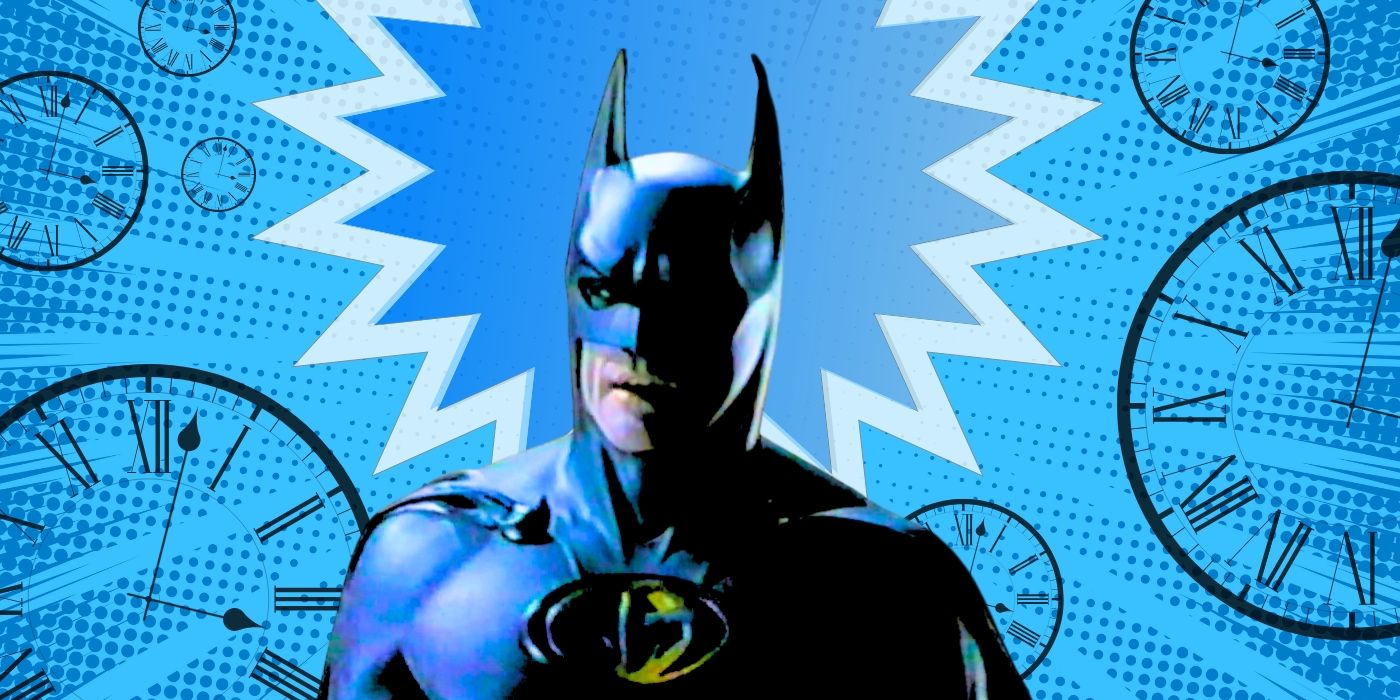 Related
Related
The Early 2000s Live-Action Batman That Time Forgot
He kept the batmobile warm between George Clooney and Christian Bale.
Zack Snyder’s DC Movies Don’t Justify Batman’s Killing Sprees
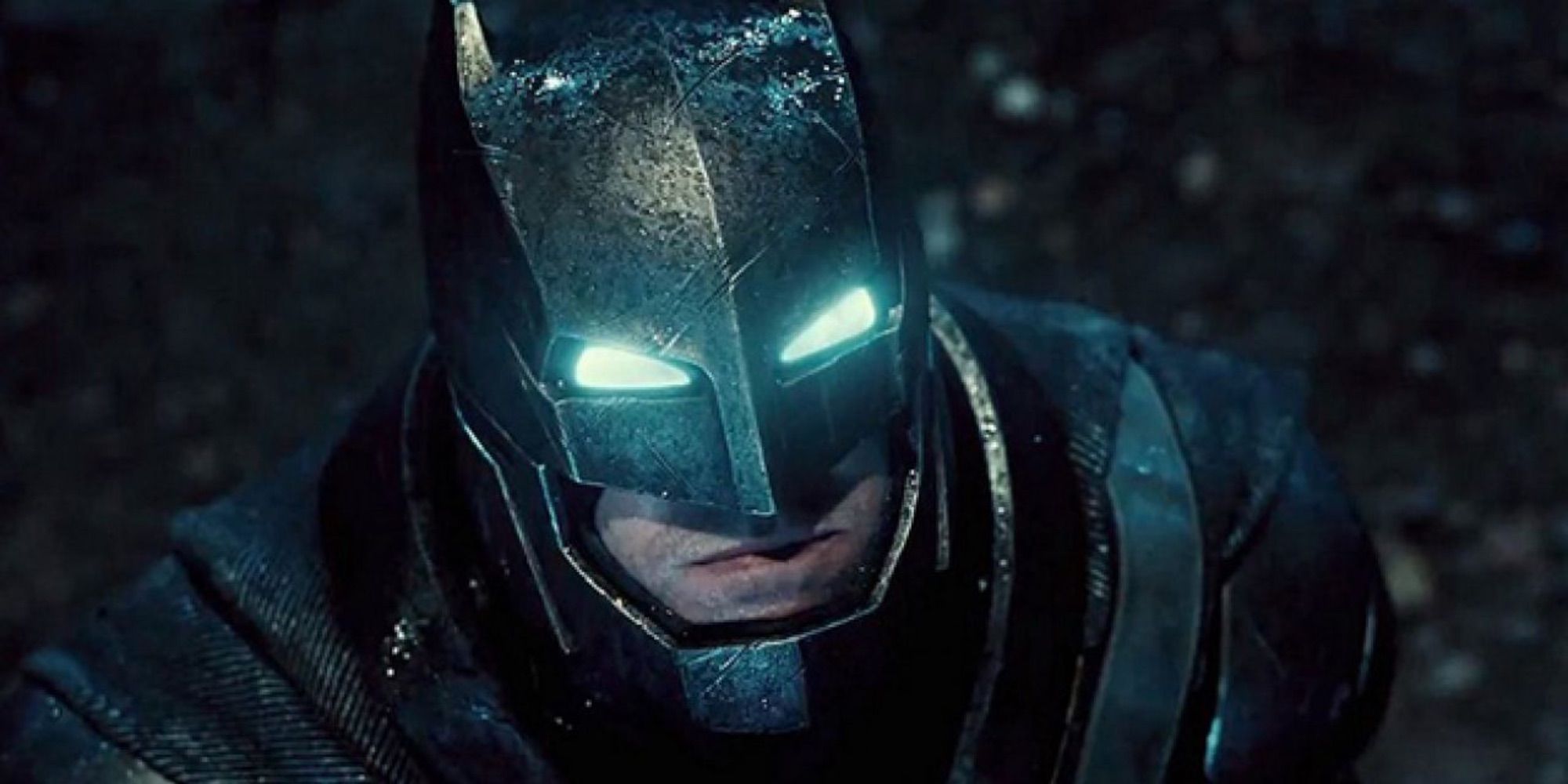 Image via Warner Bros.
Image via Warner Bros.
Oddly enough, Snyder’s comments about exploring what happens after the character kills suggest he understands this, but his films themselves don’t actually provide much of said exploration. A key storyline in Batman v Superman involves Bruce’s new habit of branding some of the criminals he captures with a scalding hot Batarang. Exposition from a news broadcast Clark Kent/Superman (Henry Cavill) watches notes that this Bat-brand identifies the people who have it as having committed particularly gruesome crimes, such as sexual abuse of children. This leads to those people bein killed by other inmates while in prison. In the extended “Ultimate Cut” of the film, Lex Luthor (Jesse Eisenberg) was actually directly responsible for at least one of these deaths.
Bruce’s butler and surrogate father figure, Alfred Pennyworth (Jeremy Irons) is shown being uncomfortable with the practice and insinuates that it is the result of increased rage on Bruce’s part caused by the recent deaths of a Robin at the hands of the Joker and various members of his family’s company during Clark’s battle with General Zod’s (Michael Shannon) evil Kryptonians in the prior film, Man of Steel. This same rage results in Bruce’s paranoid plot to kill Clark himself using Kryptonite weapons, which he comes close to doing before the infamous scene in which Lois Lane (Amy Adams) reveals that both men’s mothers are named “Martha”, causing Bruce to relent and regret his actions.
The film presents the basics of a strong exploration of Bruce’s morality, but the execution leaves much to be desired. The branding would have been an interesting way to show him bending his rules in the wake of Robin and his co-workers’ deaths, and could have made the viewer anxious with the fear that he may abandon his code completely by killing Clark. The problem is that Bruce is shown directly killing various low-level enemies both before and after the Martha moment in the film’s elaborate car chase and warehouse fight scene, respectively. Even worse, in the chase he uses automatic guns mounted on the Batmobile to do so. This takes away much of the intended significance of the Martha moment, since, by continuing to break his code after realizing that he has been corrupted, Bruce fails to develop.
The film’s ending egregiously tries to suggest this is not the case by having Bruce come close to branding Lex but ultimately decide not to. But this actually makes him look worse, as he lets off the wealthy mastermind truly responsible for most of the film’s tragedies with a lesser punishment, even though he’s just murdered many of Lex’s less powerful and dangerous subordinates. Snyder’s unusual interpretation of the DC Universe certainly had its highlights, but his comments on Batman and the other characters involved in the films show that he likely wasn’t the best choice to make DC movies that would please the majority of fans or even general moviegoers.
Batman v Superman: Dawn of Justice is available to stream on Max
Watch on Max


